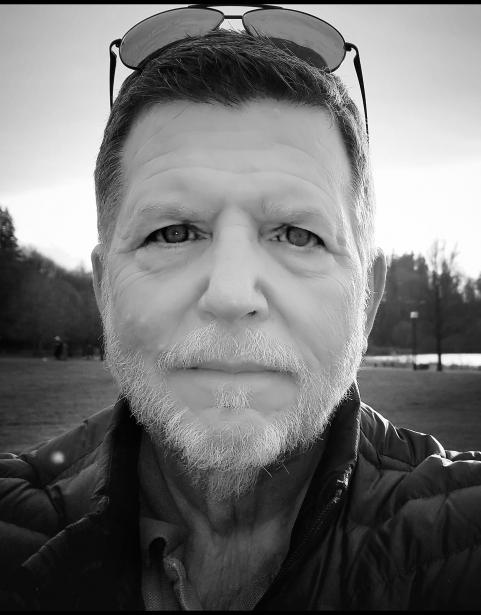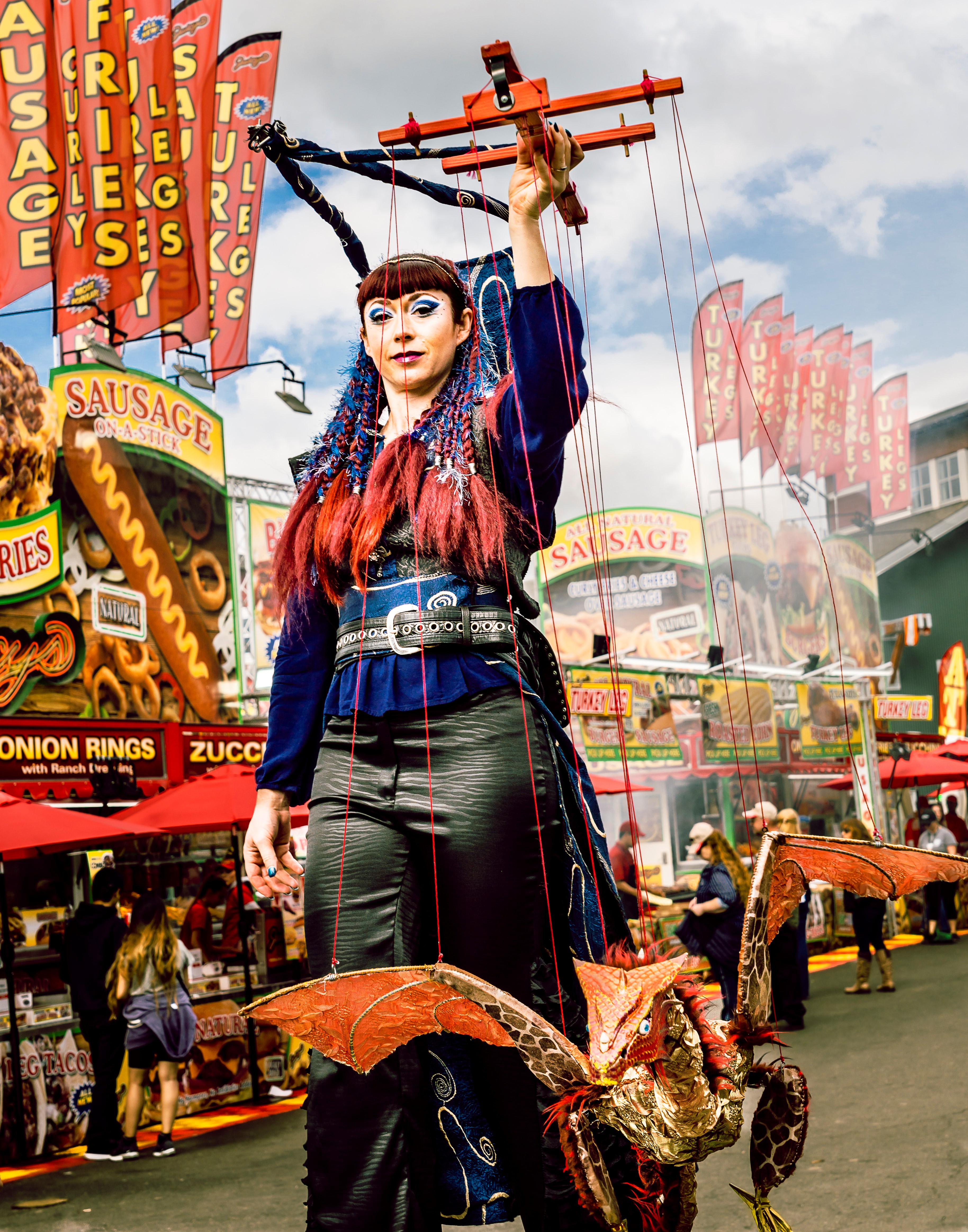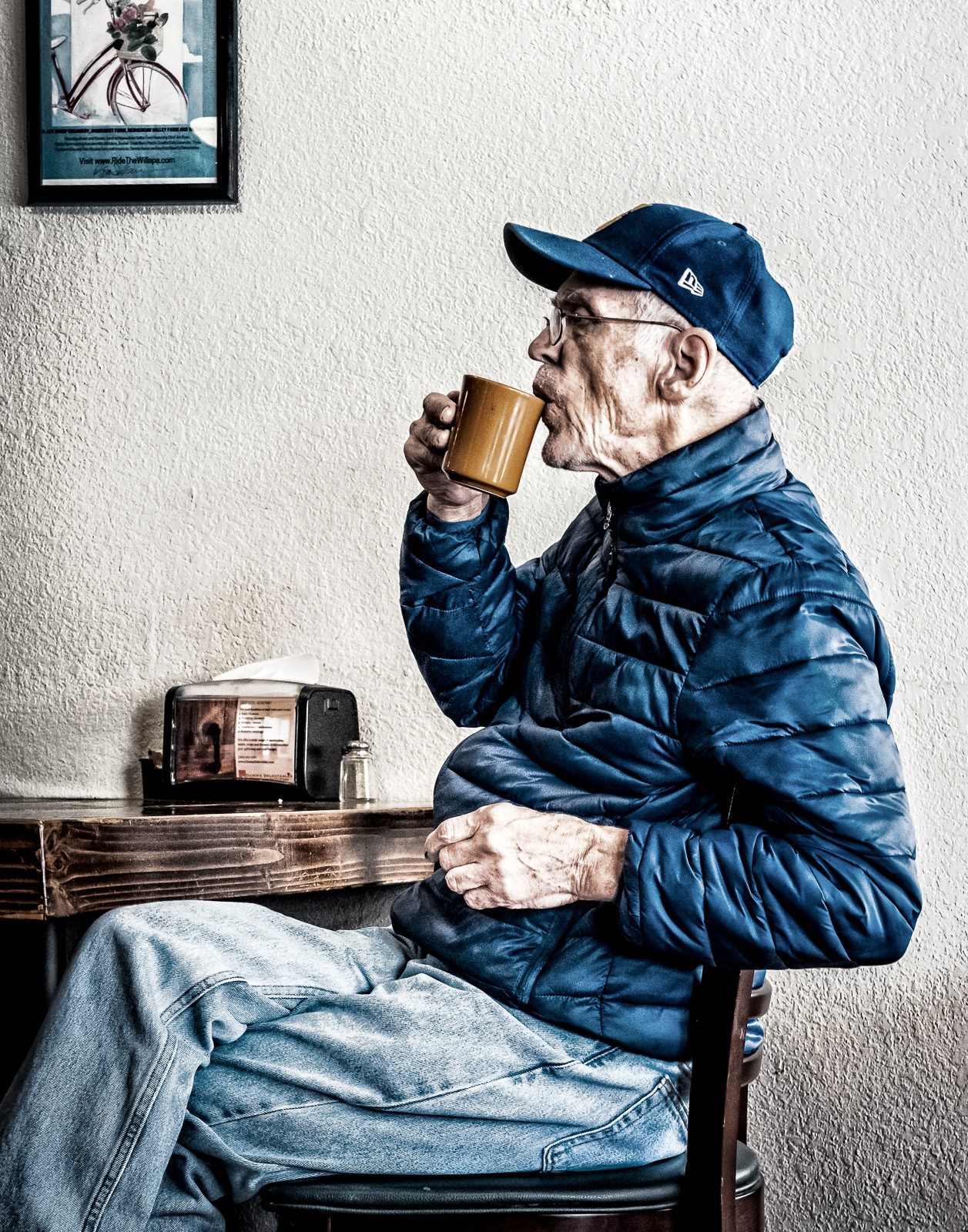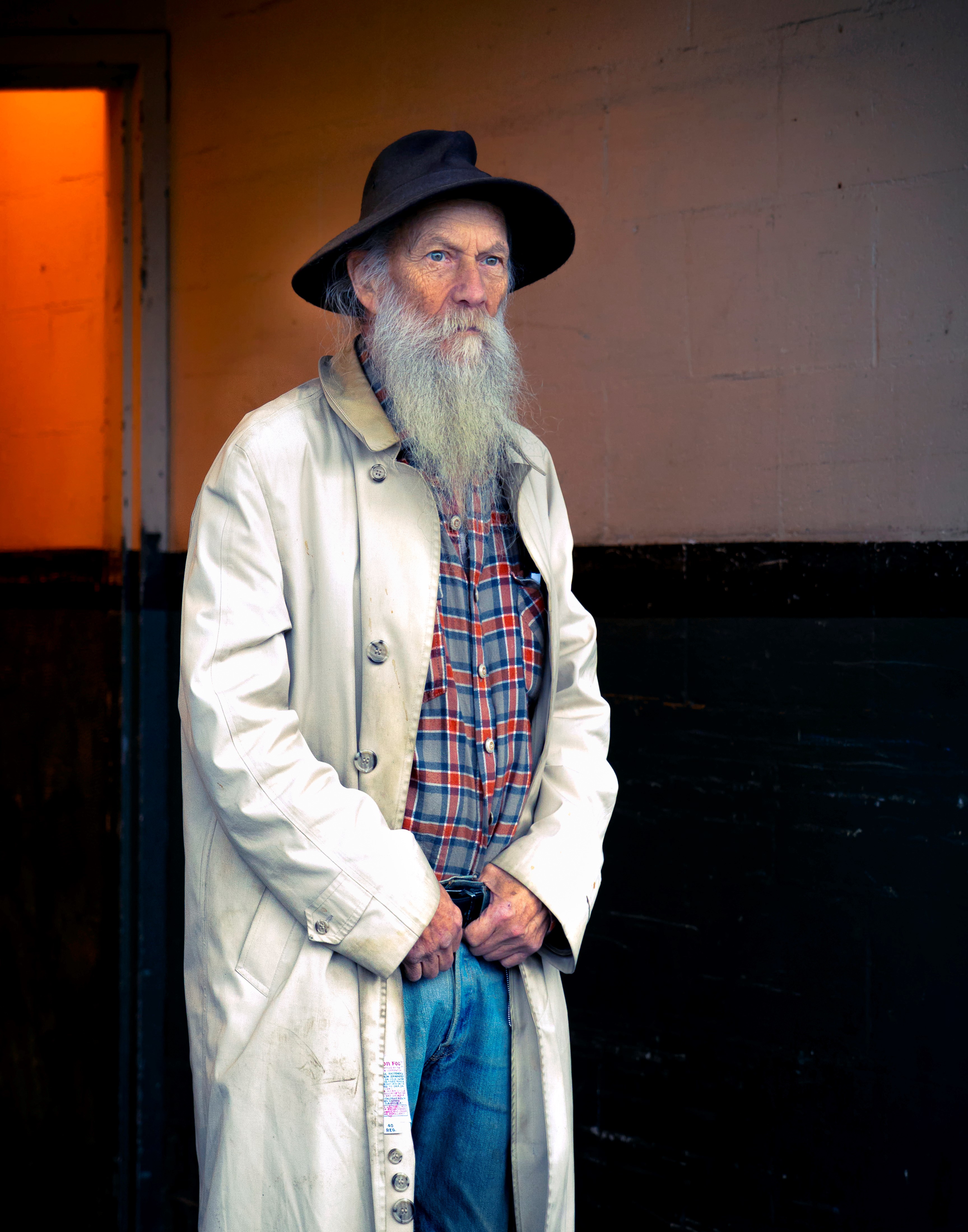I’ve been taking photographs since 1970 when my college roommate lent me his camera, loaded with black and white film. The bug bit!
After university, I attended Brooks Institute of Photography (Santa Barbara) for nearly 1 year. It was intense!! Burned out, I left Brooks early with only about 40% of course studies complete. Off to New York to earn a real living (Thank God for that Econ. degree!).
But the camera stayed behind, never used.
35 years gone by, I decided to re-find my photographic "eye". Observe. Compose. Photograph. Select. Fail. Learn. Repeat. Anything and everything was photographed. The eye was coming back but to what?
Landscapes were my initial focus but my eye trended to urban abstracts and my favorite, street photography.
A street photograph is a capture of every day, candid life. It’s not a snap shot.
To me, a street photo must make or tell a story in the viewer’s mind. There must be a strong subject and that person is the focus of my editing using color and light.
In the end, my street photos are more “painterly” and not the typical harsh, high contrast black and whites. They are urban, un-posed portraits
And that is what I am showing here.
As for me - I’ve always been an “observer”. As a child, my mom asked me what would be my dream job and I said, “Sitting on a park bench watching people!” It is not surprising, I guess, that I like street photography best.
A bit introverted, I tend to watch how people move, act, and speak taking mental notes of their nuances rather than interact with them. What makes them, them. People are endlessly curious to me, just going about their business. There is “art” and story in their movement and poses.
There is a technique to finding and taking a candid, street photo. It takes observation, patience and recognition of the moment worth pressing the shutter button. Run and gun street photography, so common today, hardly yields a good story.
Influences? Growing up in the 1950’s and 60’s, “Life” and “Look” magazines were in my boyhood home and the photographers of that era left a mark in my “eye”.
War photographers like David Douglas Duncan, Eddie Capa, and Eddie Adams (three of the best for putting themselves in the right place!). Capa, for example is famous for saying “If your pictures aren’t good enough, you are not close enough!”
Then they’re the photo journalists like Gordon Parks and (the great) Dorthea Lange for her Dust Bowl photos. Both tell strong stories in one click of the shutter. There is no ambiguity.
The art side. The era’s magazine illustrators. Of course, Norman Rockwell for his style and subject selection. Not to mention, 2 quarters of art design classes in university. I’m always trying to get good, classical composition. The art side often influences my subject selection and finished image style.





